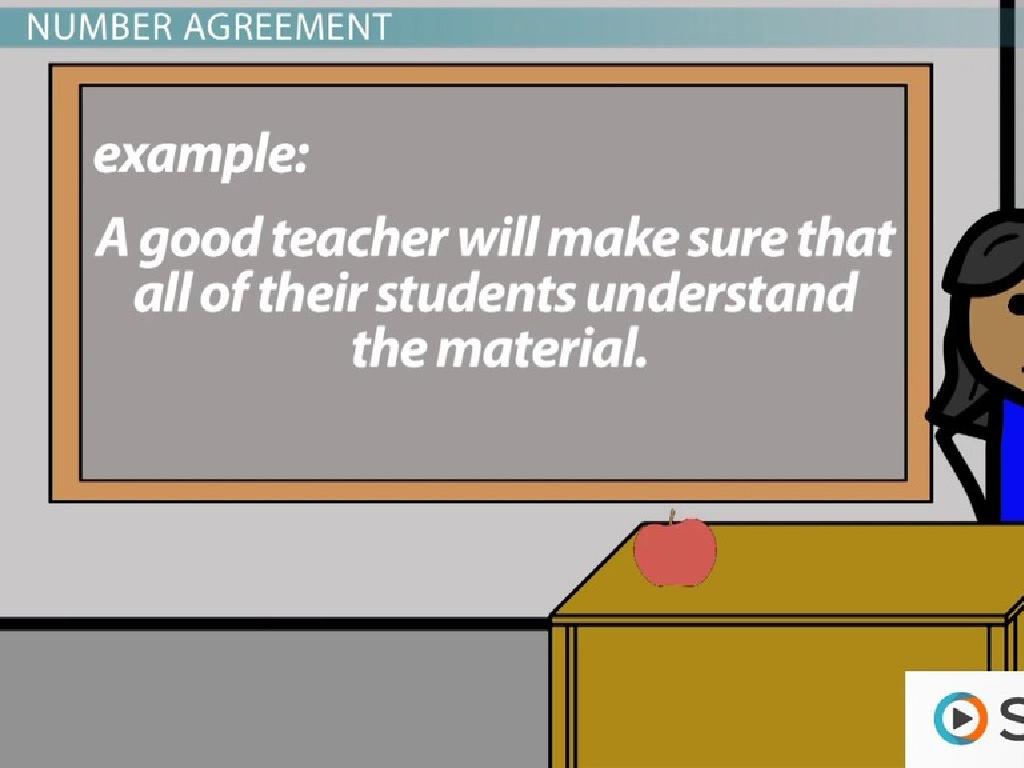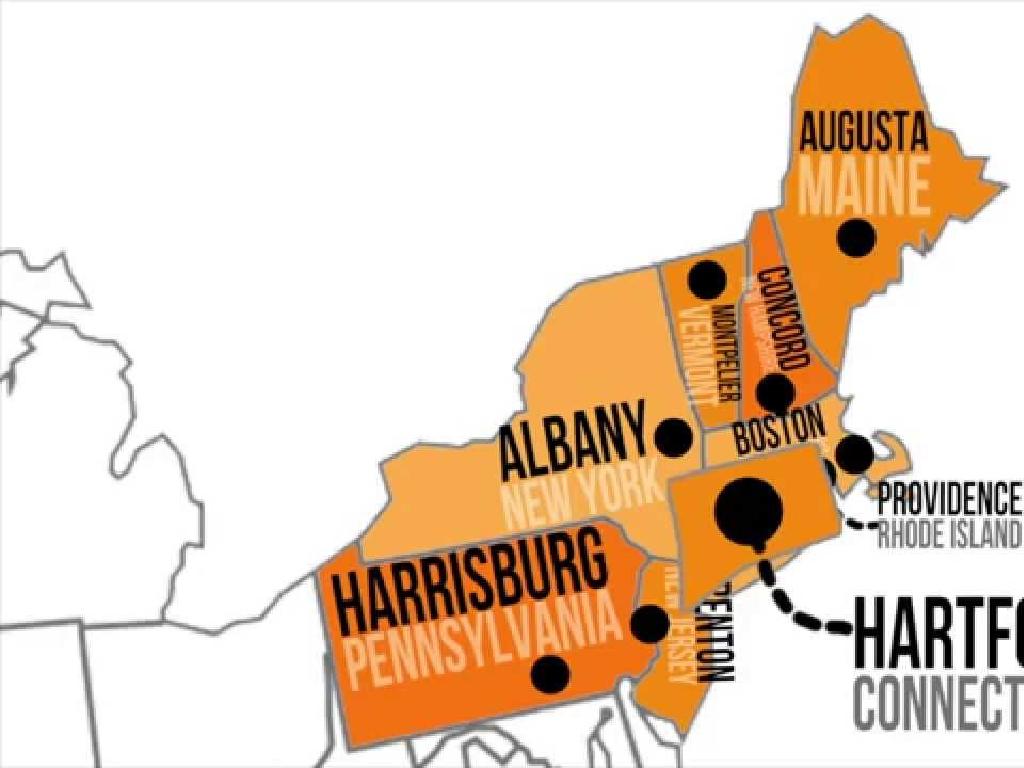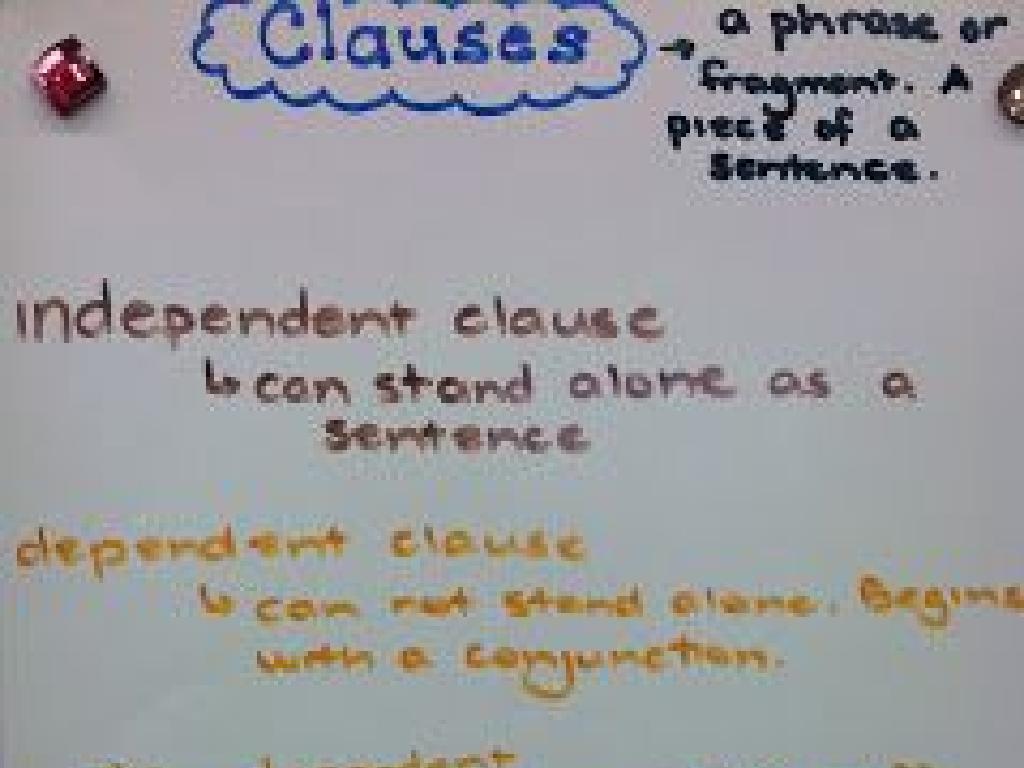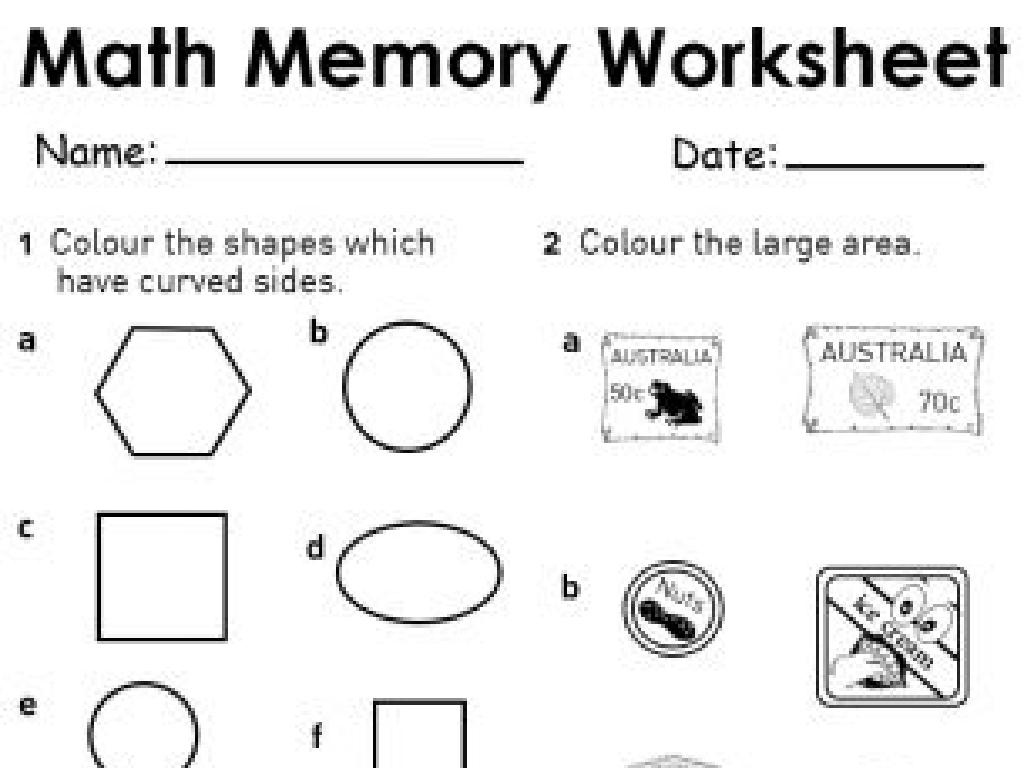How Do Flowering Plants Make New Plants?
Subject: Science
Grade: First grade
Topic: Plants
Please LOG IN to download the presentation. Access is available to registered users only.
View More Content
Welcome to the World of Plants!
– Learn about flowering plants
– What are flowering plants? They have seeds inside flowers.
– Discover plant reproduction
– How do they create new plants? Through a process called pollination.
– Become little botanists
– A botanist is a scientist who studies plants.
|
This slide is designed to introduce first graders to the basics of botany, specifically focusing on flowering plants and their reproduction. Start by explaining what flowering plants are and highlight that they are different because they have seeds inside their flowers. Then, discuss the process of pollination as a means of reproduction, simplifying the concept for their level of understanding. Encourage the children’s interest in the subject by calling them ‘little botanists,’ which will make them feel like young scientists ready to explore the world of plants. The goal is to spark curiosity and prepare them for a more detailed look at the life cycle of plants in subsequent lessons.
How Flowering Plants Make New Plants
– What are flowering plants?
– Plants with pretty flowers we see outside.
– Parts of a flowering plant
– Roots absorb water, stems support, leaves make food, flowers reproduce.
– Flowers’ role in reproduction
– Flowers make seeds that grow into new plants.
– Observing plants around us
|
This slide introduces first graders to the concept of flowering plants and their role in plant reproduction. Begin by explaining what flowering plants are, emphasizing that they can be seen in everyday life, such as in gardens or parks. Discuss the different parts of a flowering plant and their functions, with a focus on flowers and their role in making seeds for new plants. Encourage students to think about the flowering plants they have seen and to observe these plants in their surroundings, fostering a connection between the lesson and the real world. The goal is to make students aware of the natural cycle of plant life and the beauty of flowering plants in their environment.
Parts of a Flower: Making New Plants
– Flowers have many parts
– Like petals, stem, leaves, and roots
– Center parts are crucial
– They help make new plants
– Stamen: The male part
– It makes pollen
– Pistil: The female part
– It catches pollen to start making seeds
|
This slide introduces the basic parts of a flower and emphasizes the role of the flower’s center in reproduction. Explain that while all parts like petals, stem, leaves, and roots are essential, the stamen and pistil in the center are key to making new plants. The stamen is the male part that produces pollen, and the pistil is the female part where seeds begin to grow after catching pollen. Use simple language and relatable examples to help first graders understand these concepts. For instance, compare the stamen to a daddy part and the pistil to a mommy part in the flower family. Encourage students to ask questions and provide them with clear and concise answers.
Meet the Stamen and Pistil
– Stamen: The pollen maker
– The stamen is like a tiny factory that creates pollen grains.
– Pistil: The seed producer
– The pistil is where the plant’s seeds start to grow.
– Pollen’s journey to pistil
– Bees and wind help pollen travel from stamen to pistil.
– Pollination: A key step
– When pollen reaches the pistil, it can make seeds!
|
This slide introduces the parts of a flower responsible for making new plants. The stamen is the male part of the flower that produces pollen, which is necessary for making seeds. The pistil is the female part of the flower where seeds develop. Pollen must move from the stamen to the pistil for pollination to occur, which can happen with the help of insects like bees or natural elements like wind. Understanding this process is fundamental for students to grasp how flowering plants reproduce. Use simple analogies and interactive examples, such as having children act out the roles of bees and flowers, to make the concept relatable and memorable.
How Does Pollination Work?
– Pollination: pollen moves to pistil
– Like a tiny grain moving to the center of a flower
– Helpers: bees, butterflies, wind
– These friends carry pollen or it blows in the breeze
– Pistil receives pollen
– The middle part of the flower gets the pollen
– Seeds are made after pollination
– New seeds grow which can become new plants
|
This slide introduces the concept of pollination to first graders. Pollination is a crucial step in the life cycle of flowering plants, where pollen grains are transferred from the male part of the flower, the stamen, to the female part, the pistil. Highlight the role of natural pollinators like bees and butterflies, as well as the wind, in this process. Explain that once the pistil receives the pollen, it can start making seeds, which will eventually grow into new plants. Use simple language and relatable analogies to help students understand. Consider bringing in a flower model to show the parts mentioned. Encourage students to think about how nature works together to create new life.
From Seeds to New Plants
– Seeds are tiny baby plants
– Think of them as plant ‘babies’ in a little shell
– Seeds need soil, water, sunlight
– Just like you need food and water, seeds need these to grow
– Seeds sprout with proper care
– When seeds get their needs, they start to sprout out of the soil
– Sprouts grow into new plants
– These sprouts will become the big plants you see outside
|
This slide introduces the concept of growth from seeds to plants. Explain to students that seeds are the beginning of a new plant’s life and they come with everything they need to start growing, just like a baby with its food. They just need the right environment with soil to hold them, water to drink, and sunlight to feed them through photosynthesis. Once they have these, they can start to sprout, which means they break out of their shell and start to grow upwards. Over time, these sprouts will become the flowers or trees we see in nature. Encourage the students to think about how they grow and relate it to how plants grow. This will help them understand the life cycle of plants and the importance of taking care of our environment.
Let’s Review: Flower Reproduction
– Flowers have stamen and pistil
– Stamen makes pollen, pistil is for seeds
– Pollination: pollen moves
– Bees and wind help pollen travel
– Seeds grow into new plants
– From pistil, seeds start a new plant life
|
This slide is a recap of how flowering plants reproduce. The stamen is the male part of the flower that produces pollen, while the pistil is the female part where seeds are developed. Pollination is the process where pollen is transferred from the stamen to the pistil, often with the help of bees, butterflies, or wind. Once the seeds are formed in the pistil, they can be planted in soil to grow into new plants. Encourage the students to think about the role of insects and the wind in the life cycle of plants. You can also plan a simple activity where students can act out the parts of a flower and demonstrate pollination.
Class Activity: Planting Seeds
– Let’s help a plant grow!
– Plant your seeds in soil
– We’ll put seeds in soil and water them
– Observe your seed sprout
– Look for the little shoot coming up
– Record the plant’s growth
– Use your plant diary to note changes
|
This activity is designed to give students hands-on experience with the growth process of flowering plants. Provide each student with a small pot, soil, and a few seeds. Guide them through the process of planting the seeds and discuss the importance of sunlight and water for plant growth. Set up a classroom routine for watering the plants and observing their growth. Encourage students to make daily or weekly observations of their plant’s progress, noting any sprouting, leaf development, and changes in height. This will help them understand the life cycle of plants and the factors that contribute to healthy plant growth. Have a variety of seeds available to show that different plants have different types of seeds. Possible activities include drawing pictures of their plant’s growth, measuring the height, or even writing a story from the perspective of the growing plant.






